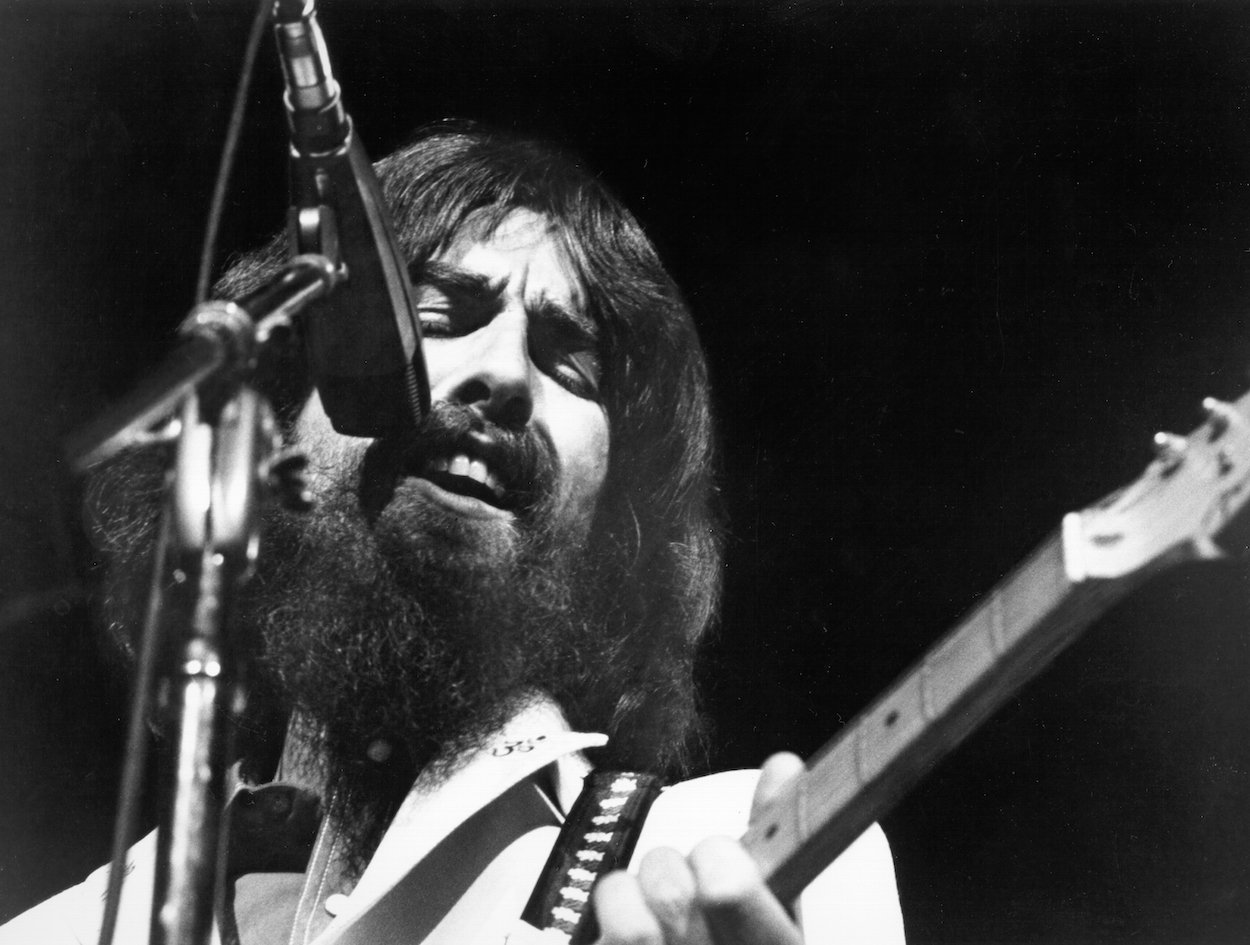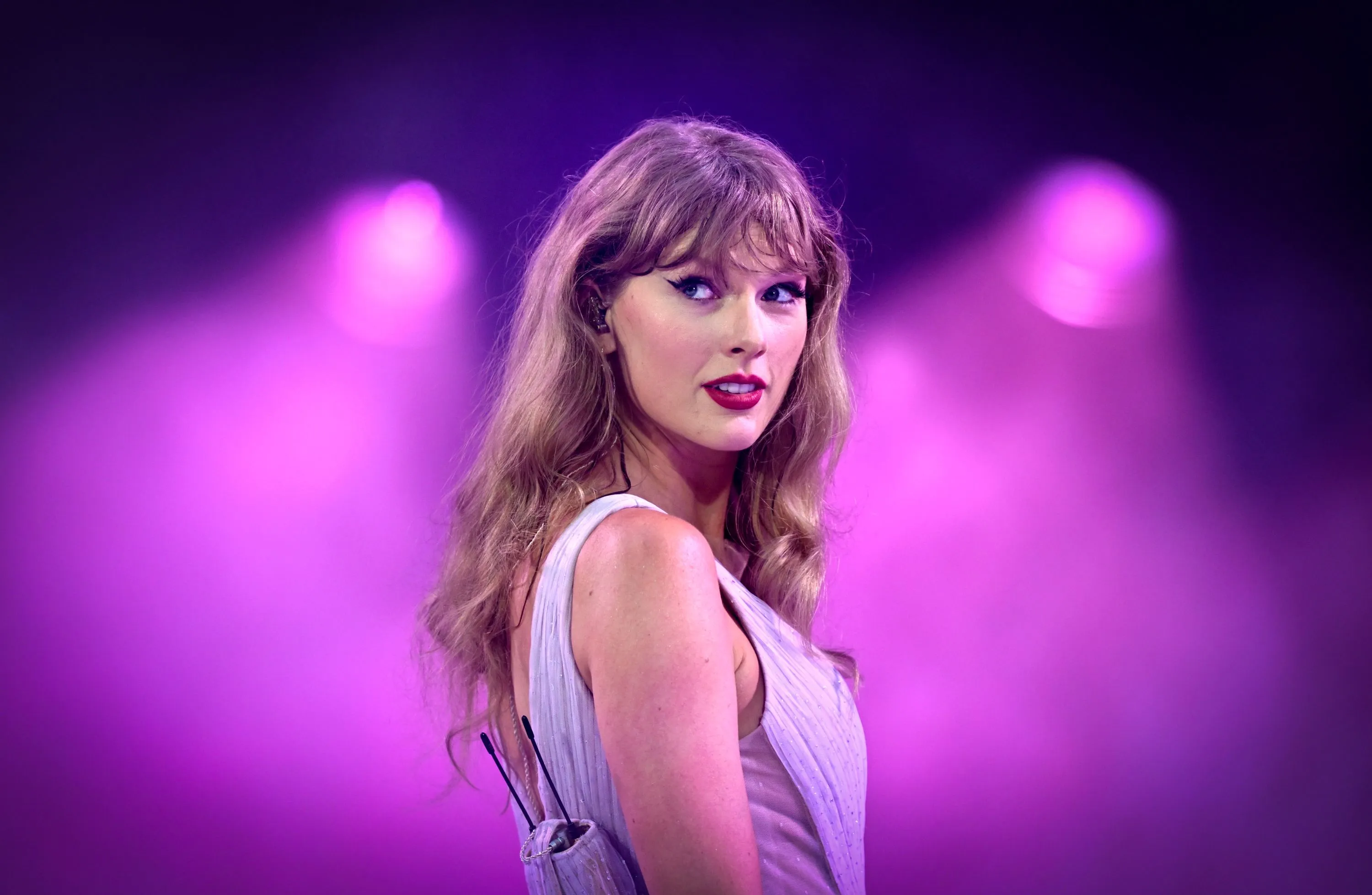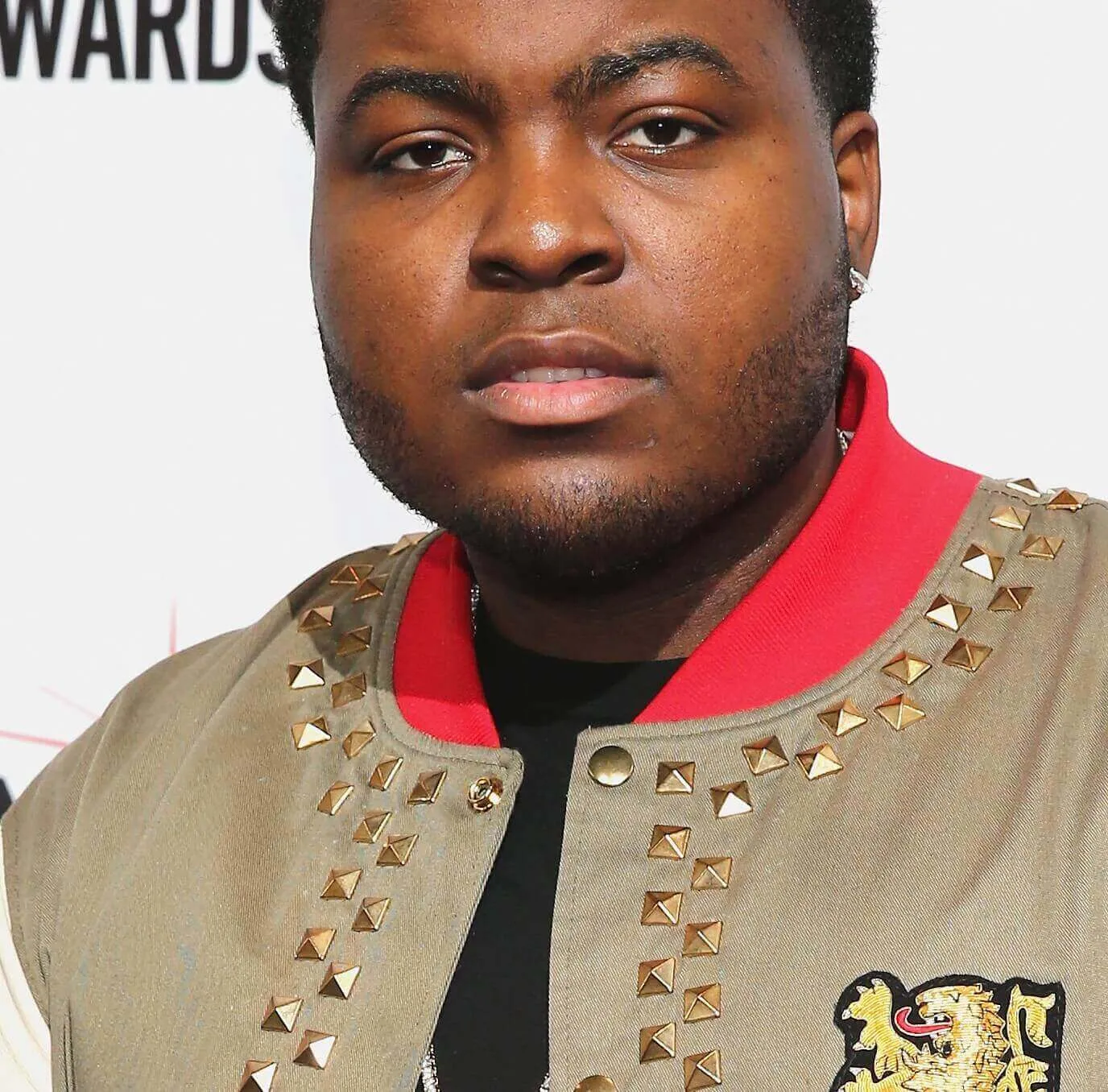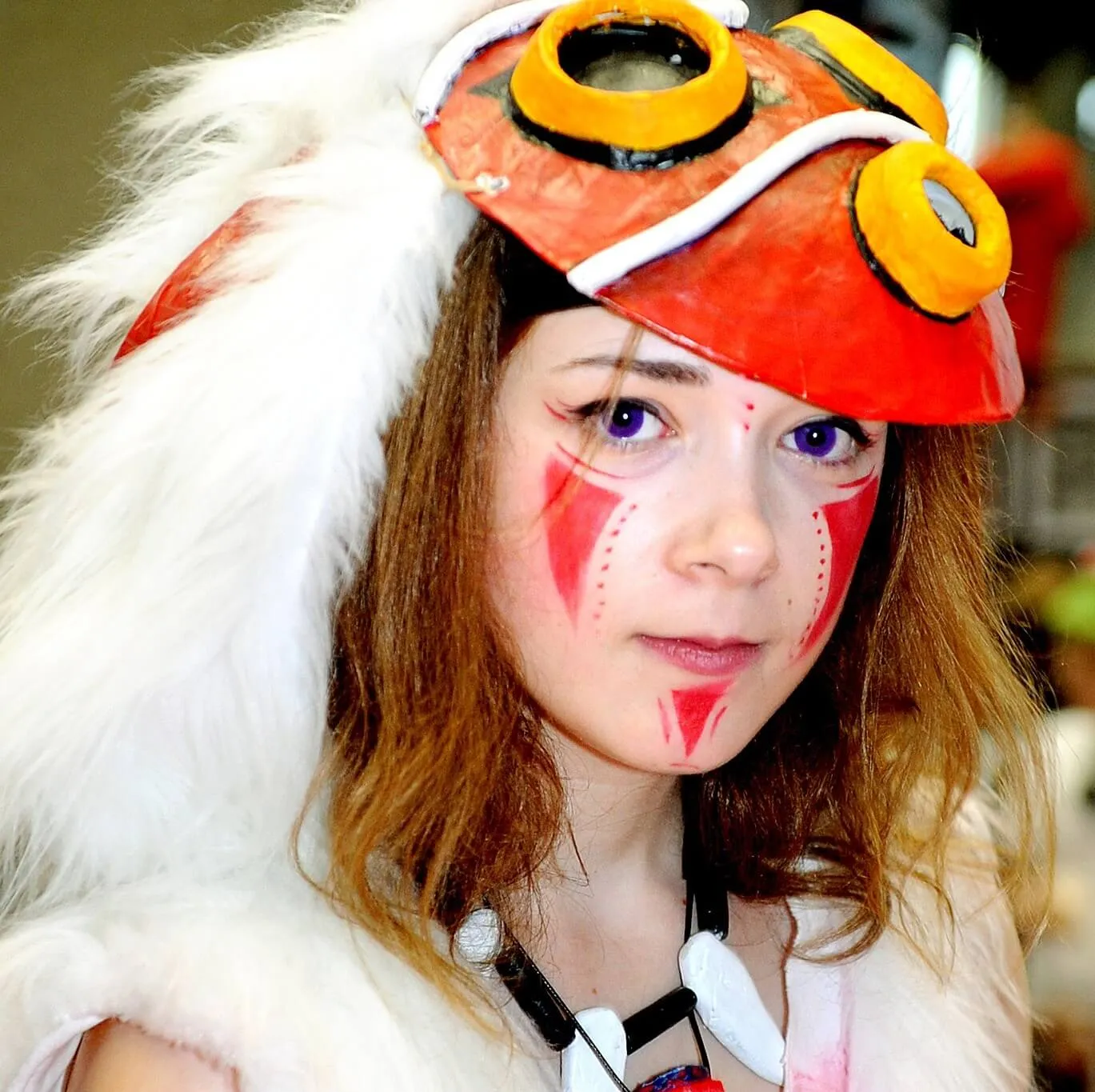
How George Harrison Became a Music Trendsetter With The Concert for Bangladesh
George Harrison helped redefine pop music as part of The Beatles. As the band changed its sound, Harrison found ways to incorporate Indian music (“Within You Without You”), his slide guitar talents (“While My Guitar Gently Weeps”), and delicate ballads (“Here Comes the Sun”) into the mix. Harrison was a trendsetter within The Beatles and also with The Concert for Bangladesh in 1971.

George Harrison was fascinated with Indian music and organized The Concert for Bangladesh to help refugees
Harrison’s introduction to Indian music via Ravi Shankar was so powerful that he considered leaving his wife. The sound of the music was like tapping into the knowledge of a past life, and Harrison once said Indian music influenced the way he played in The Beatles.
A cyclone that made landfall, coupled with Bangladesh’s (then East Pakistan) fight for independence in 1971, led to a major refugee crisis. Between producing albums for other artists and his nerve-wracking experience working with John Lennon during the Imagine sessions, Harrison and Shankar planned The Concert for Bangladesh.
The Aug. 1, 1971, concerts (afternoon and evening shows) featured an all-star lineup. Shankar, Harrison, Eric Clapton, Ringo Starr, Bob Dylan, Leon Russell, and Billy Preston performed. (George asked all his former bandmates to perform, but both John and Paul McCartney declined to perform).
The Concert for Bangladesh raised nearly $250,000, per NPR, and Harrison became a music trendsetter in the process.
Harrison became a music trendsetter with The Concert for Bangladesh
On the surface, Harrison’s Concert for Bangladesh was him helping his friend Shankar get aid to his ancestral homeland. The former Beatle handled a lot of the organizing, including getting stars such as Clapton, Ringo, and Dylan to perform.
Yet Harrison putting together the concert, and later an album and film, to assist relief efforts made him a music trendsetter.
Before the so-called quiet Beatle came along, no musician had impacted humanitarian causes in the same way. John had his bed-ins for peace, but those didn’t benefit a specific population or particular crisis the way George’s Concert for Bangladesh did.
George was a music trendsetter with his efforts, and not only for using his celebrity clout for a humanitarian cause. Because of The Concert for Bangladesh, musicians organizing benefit concerts need to apply for nonprofit status. George overlooked that part, and the IRS held up millions of dollars from album and movie ticket sales, per NPR.
You can use a Sharpie marker to trace a line from George’s trendsetting Concert for Bangladesh to Bob Geldof’s Band Aid charity. George advised Geldof to ensure Band Aid wouldn’t fall into the same traps as The Concert for Bangladesh. If not for George being a music trendsetter, things would look quite different for musicians with a charitable streak.
George’s Concert for Bangladesh sent ripples decades into the future
George paved the way for Geldof to mount several charitable efforts. He recorded “Do They Know It’s Christmas” in 1984 to aid the Ethiopian famine, held the Live Aid concerts in 1985, and the 2005 Live 8 concert. George’s trendsetting ways didn’t stop with Geldof.
Dolly Parton has an impressive legacy of philanthropy that includes sending free books to children and buying musical instruments for school bands.
U2 singer Bono, who sang on “Do They Know It’s Christmas,” founded the ONE Campaign to end poverty. He and The Edge played in a Ukrainian subway station early in that country’s war with Russia.
Imagine Dragons singer Dan Reynolds, whom Ringo Starr kissed following his band’s cover of a classic Beatles song, started the Loveloud Foundation to help support LGBTQ youth.
The wave of artists doing charitable work today can all point back to George Harrison and his Concert for Bangladesh as the trendsetter.
For more on the entertainment world and exclusive interviews, subscribe to Showbiz Cheat Sheet’s YouTube channel.


